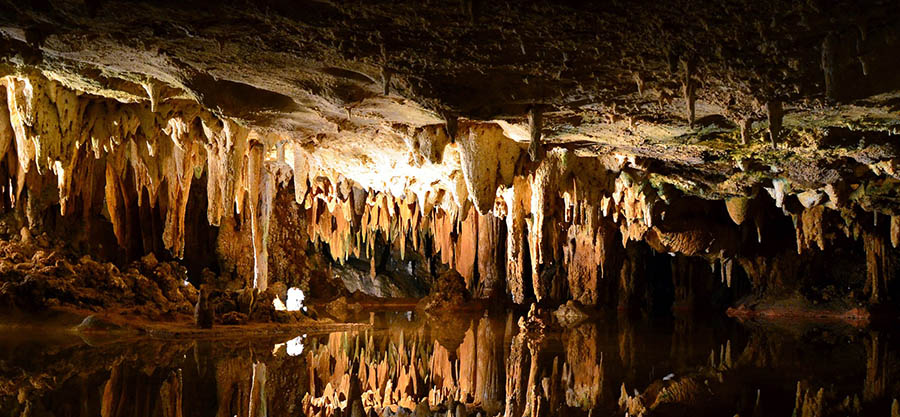September 26, 2021

Left undetected, sinkholes, caves and other underground features can wreak havoc on building and road foundations. But finding those voids is challenging because of varying topography and soil conditions. Now, a Mizzou Engineer is working with Marshall University in West Virginia to improve methods to identify geological and manmade features dozens of feet below the surface.
Brent Rosenblad, an associate professor in civil and environmental engineering, and collaborators are looking to improve upon geophysical techniques that send waves into the ground to determine where conditions change.
“You can think of it like an echo,” Rosenblad said. “We send waves into the ground and if nothing changes, the wave keeps going. But if it hits something different — softer or stiffer material or a void — energy comes back to the surface, and we can use that energy to determine that something is down there. With enough measurements, we can detect the approximate size and depth of the underground feature.”
While many geophysical methods currently exist, there’s room for improvement. That’s because some techniques might work well in sandy soil but not in clay, while others are designed for rocky conditions.
“One of the challenges working with geological materials is each site is different,” Rosenblad said. “With a lot of civil engineering materials, such as steel or concrete, the properties are well defined and generally uniform. But working in geological areas, each site can be very different in terms of the types of soil and rocks. Developing general procedures that will work in every environment can be problematic.”
The research team is mostly using seismic sensors called geophones, which are small devices that stick in the ground and record vibrations from the ground movement. They’re putting out arrays of sensors and are either using background noise at the site or introducing energy into the ground to test different types of waves.
In addition to detecting sinkholes, mapping underground topography has many applications, such as finding man-made tunnels or mapping bedrock depths prior to construction.
“While this is not a new area — people have been studying this for a while — this project combines multiple methods and different techniques,” Rosenblad said. “We’re still in the early stage, but hopefully this is something that grows into a long-term project to develop innovative geophysical methods for detecting underground hazards.”
Rosenblad is serving as a subcontractor on the project, which is being funded by the U.S. Army Corps of Engineers Research and Development Center.